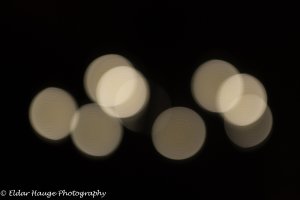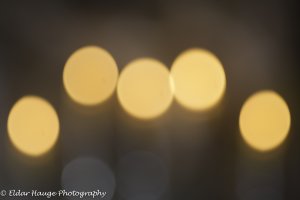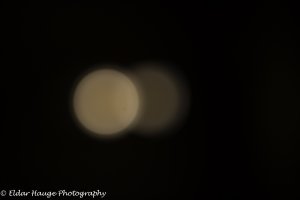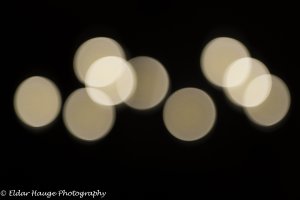The Zeiss Otus 55 f1.4 is a phenomenal lens, but it has been criticized for having onion ring bokeh. I have numerous examples of this, some posted over at this thread:
http://www.canonrumors.com/forum/index.php?topic=18169.msg387033#new
Attached are 4 examples. The first one has AC light bulbs. The second one is candle lights. The third is Christmas tree lights and reflections from the decorations on the tree and the fourth is a DC lightbulb.
As you can see, the first and third have the rings, the other two does not. I do not understand why this happens, but it seems to be related to AC light vs. natural or DC light.
I have tried this with numerous lenses (Otus, Sigma 35/1.4A, 85/1.2L II, 24-70/2.8L II) with the same result. The sharper the lens, the more obvious it becomes. So to me it seems that this phenomena has its cause outside of the lens.
Can someone please explain what this is.
http://www.canonrumors.com/forum/index.php?topic=18169.msg387033#new
Attached are 4 examples. The first one has AC light bulbs. The second one is candle lights. The third is Christmas tree lights and reflections from the decorations on the tree and the fourth is a DC lightbulb.
As you can see, the first and third have the rings, the other two does not. I do not understand why this happens, but it seems to be related to AC light vs. natural or DC light.
I have tried this with numerous lenses (Otus, Sigma 35/1.4A, 85/1.2L II, 24-70/2.8L II) with the same result. The sharper the lens, the more obvious it becomes. So to me it seems that this phenomena has its cause outside of the lens.
Can someone please explain what this is.




